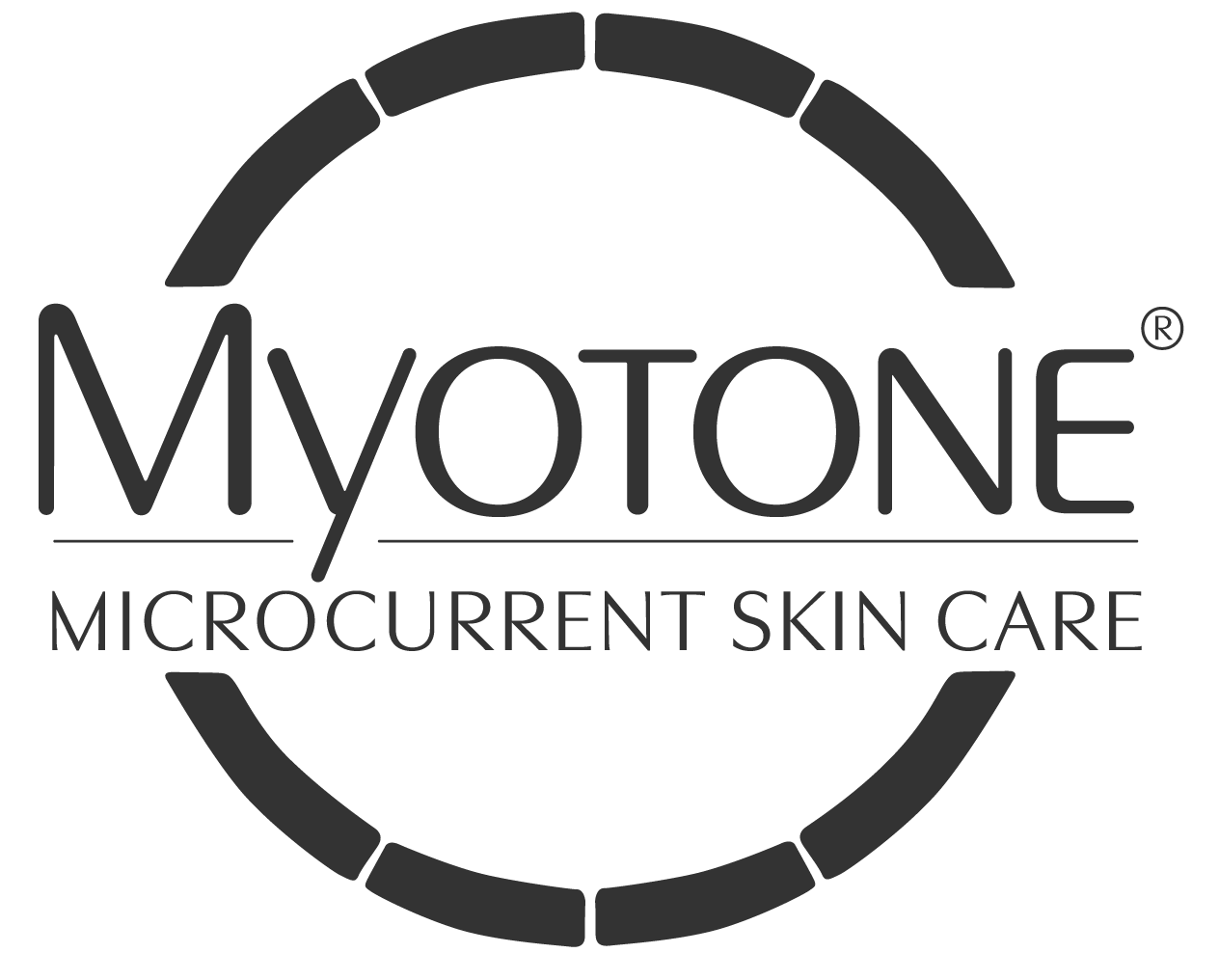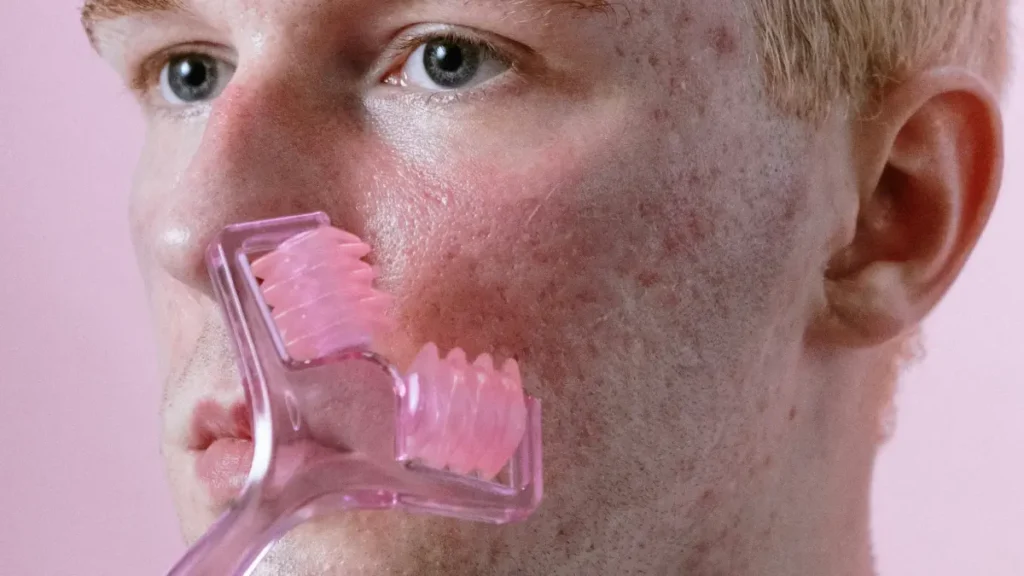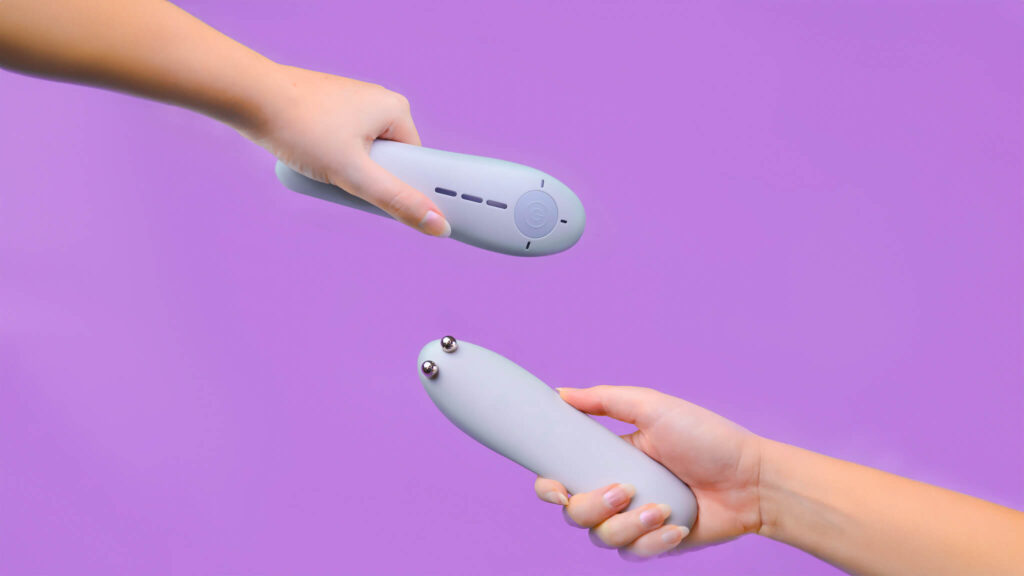There’s something about a warm, sunny day that makes you want to be outside. The feeling of sunlight on your skin can be comforting, energizing, and even addictive. But while we tend to associate sun exposure with glowing tans and sunkissed selfies, the truth is that UV rays are quietly working against your skin behind the scenes — and not in ways you can always see right away.
When your skin is exposed to the sun, it absorbs ultraviolet (UV) radiation. There are two main types that affect us: UVA and UVB. UVB rays are responsible for sunburns and play a significant role in the development of skin cancer. UVA rays, on the other hand, penetrate deeper into the skin, damaging collagen and elastin fibers. This is what leads to premature aging, fine lines, and that loss of firmness and bounce we often blame on getting older, when in reality, much of it comes from accumulated sun exposure over time.
Even a brief walk to your car or sitting by a window can have a cumulative effect. UVA rays are sneaky — they’re present year-round, rain or shine, and can pass through glass. Over time, this repeated exposure triggers your skin’s natural defense mechanisms: increased melanin production (which gives you a tan) and thickening of the outer layer of skin. While a tan might seem harmless or even desirable, it’s actually a sign of your skin reacting to injury at a cellular level.
Another consequence of sun exposure is oxidative stress. UV radiation generates free radicals, unstable molecules that damage healthy skin cells, proteins, and DNA. This accelerates the aging process and contributes to pigmentation issues like sunspots and uneven tone. You might notice that the areas most exposed to the sun — your face, neck, chest, and hands — show signs of aging faster than areas that stay covered.
The effects aren’t just cosmetic. Prolonged sun exposure significantly increases your risk of skin cancer, including melanoma, which can be life-threatening if not caught early. This is why dermatologists recommend daily sun protection, even when it doesn’t feel particularly sunny.
But there’s good news: with a mindful skincare routine and proper sun protection, much of this damage can be prevented, and some of it can even be improved. Treatments like microcurrent facials can help firm and lift sun-damaged skin by stimulating facial muscles and boosting circulation, while antioxidant-rich serums help counteract oxidative stress.
Sunshine is one of life’s simple pleasures, but it comes with responsibilities. Protect your skin, treat it kindly, and remember that a healthy glow doesn’t have to come at the cost of your skin’s future.

This article is brought to you by

Learn More ⭢



